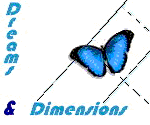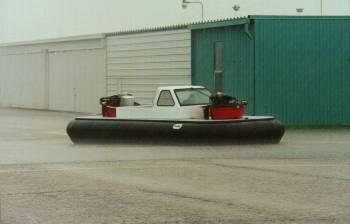|
|
| 4wings.com Main page |
| Design Main page |
| Update May 99 |
| Update Jan. 2000 |
| Update June 2000 |
| Update Autumn 2002 |
| Help |
 |
|
|
| 4wings.com Main page |
| Design Main page |
| Update May 99 |
| Update Jan. 2000 |
| Update June 2000 |
| Update Autumn 2002 |
| Help |
 |

| In the last three month we got some information
together which we want to share - tell you its worth it! But one after
the other ... LOL!
Aeromobile Inc. made their first test-drive with the gimbal fan and it looks like they can circle around a peanut - guess this is the craft for all in rescue and close encounter situations - 
|
|
| F. Marc de Piolenc got
in touch with us and after a few Mails he send us some specs for his new
Gizmo - so all Sevtec user and racer - here is something which will hold
your but up - or better hold more equal pressure in your skirt if you are
at idle -
|
|
Makes me feel better that i'm not the only one believing a Hovercraft
has to be built after marine standard - equipment which is a lot more expensive
than regular automotive. Check out his web site on his construction
http://www.industrialobject.com/hover.html
|
|
|
Last not least here a response from Jim Lyne from the
HCGB regarding the G forces in Hovercraft - they dropped it ... read on
:
|
So we wish you a lot of fun Hovering and if you want to be mailed for the next update, please sign in our mailing list @ the design main page : http://4wings.com.phtemp.com/des/des.html